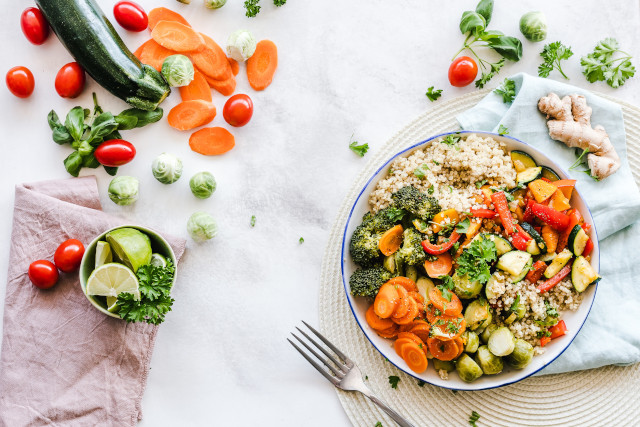
How many slices of pizza can a person with diabetes eat? Well, that depends on who you ask. Some suggest ½ a slice, while others say two slices should be the maximum amount. Other factors determine your daily carb intake, including your activity level and food choices.
Contents
- Is pizza safe to eat for diabetics?
- Should I completely stay away from pizza if I have diabetes?
- Choosing the best ingredients is key to incorporating pizza into your diet
- Pizza can be made healthier by choosing low-fat or whole-grain crusts and vegetable toppings instead of fatty meats.
- Precautions to make when eating pizza
- The best and safest way to eat pizza lovers with diabetes
- Pizza, if eaten in moderation, can be part of a healthy diet
- Pizza recipes we think you will love
- The bottom line
With that in mind, we decided to compile everything you are going to want to know about the relationship between pizza and diabetes and how many slices are safe to eat for diabetics. So, without further ado, let's get right to it.
Is pizza safe to eat for diabetics?
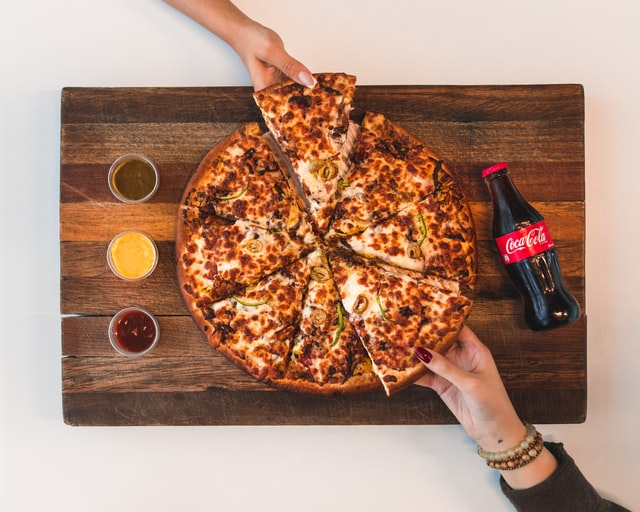
Now, you may be wondering: Is pizza safe for diabetics? The short answer is yes. But the long answer is that it's not necessarily the best choice for them.
Pizza has high amounts of carbohydrates and fat, which your body processes differently when you have diabetes than it does in people without diabetes. In fact, some types can even cause you to gain weight faster than usual because they're so easy to overeat (especially if you're also going through a growth spurt).
If you do eat pizza occasionally as part of an otherwise healthy diet (and don't count it towards your daily carb allotment), keep in mind that a slice contains approximately 300 calories and 15 grams of carbohydrates, which means you have room for only three slices before running up against your daily limit on carbs!
That's because each slice contains about 80 grams of doughy goodness—a serving size much less than what most Americans expect from their favourite Italian dish!
In short, The answer depends on how much you eat and what kind of pizza you choose. If you're following a healthy diet plan, you can enjoy pizza as long as it fits into your daily calorie limit.
Note: If you have any other underlying health conditions, we suggest seeking professional advice from a local healthcare provider or dietician to assess and determine the right meal plan.
Should I completely stay away from pizza if I have diabetes?

Pizza is a high-fat, high-calorie food. That's why it should be eaten in moderation. If you're diabetic, this means eating pizza only two or three times a month.
As mentioned earlier, many people think that because they can eat one slice of pizza and not feel its effects on their body immediately, they can eat as much as they want without consequences.
They'll tell themselves, "I'll just eat this one slice." But remember: what goes into your mouth must come out—and if you don't burn off those calories through exercise or by burning off excess glucose through insulin production, your body will store them as fat!
The answer is not to eliminate pizza entirely from your diet—that would leave a big hole in your heart (and stomach). Instead, try to find ways to make healthier versions at home using whole-grain flour crusts and leaner meats like chicken or vegetables instead of fatty pepperoni slices!
Choosing the best ingredients is key to incorporating pizza into your diet
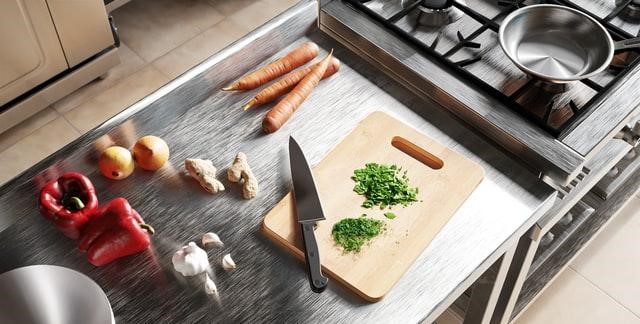
For a diabetic, the key to having pizza is selecting the best ingredients. Avoid high-fat meats and sauces. Instead, choose low-fat cheese and whole-grain crusts. Choose vegetables for toppings, but avoid fatty sauces like ranch dressing or mayonnaise.
When eating out at a restaurant with friends or family members who are not diabetics, ask your server if they have any options that fit into your diet! Most restaurants will be happy to accommodate you and might even offer you something special just for you!
Pizza can be made healthier by choosing low-fat or whole-grain crusts and vegetable toppings instead of fatty meats.
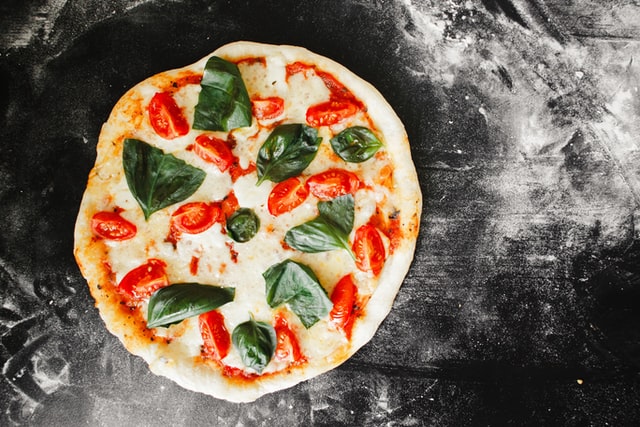
While pizza can be a delicious treat, it's essential to ensure that you're eating the right pizza. Diabetics should avoid high-fat meats, cheeses, and high-fat condiments like ranch dressing.
Instead, they should choose a low-fat or whole-grain crust and load up on vegetables instead of fatty meats. If you're looking for an even healthier option, try making your own pizza at home!
Precautions to make when eating pizza
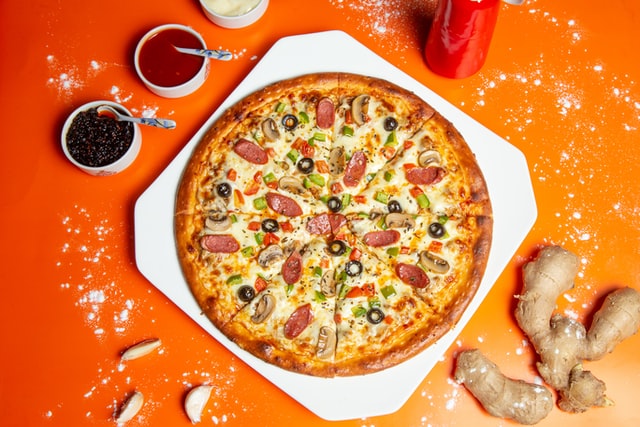
When you're eating out, it's important to be mindful of how much fat, sodium, and sugar you consume. While some pizzas are higher in calories than others, other ingredients in pizza can spike your blood sugar levels even more than the dough itself.
To keep your blood sugar levels stable and prevent spikes from occurring, look for restaurants that serve:
- Low-fat cheese (e.g., skim mozzarella) or no cheese at all
- Lots of vegetables instead of meat
- Lean meats like chicken breast or turkey sausage (without any high-sodium sauces) rather than fattier meats like pepperoni or Canadian bacon
- Lightly sauced pizzas so they don't come out too soggy.
Note: If you aren't counting carbs or calories but still want to know how many slices of pizza to eat at one time, the American Diabetes Association recommends one serving size of carbohydrates per meal plus two additional servings per day if your meal isn't very starchy.
For example, if you're eating an Indian curry (which doesn't have any potatoes or grains), then you could eat three servings of carbohydrates total during dinner instead of just two servings.
The best and safest way to eat pizza lovers with diabetes

Diabetics must be careful about what they eat, but that doesn't mean they can't enjoy pizza. Pizza can be part of a healthy diet if you're careful about what you eat. On that note, here are some of the best and safest ways to eat pizza:
Be mindful of the toppings
Choose low-fat cheese and meats. These provide protein, which helps with satiety and provides energy, and calcium and iron, two nutrients many diabetics lack in their diets.
Avoid extra toppings and sauces unless they are made with low-calorie ingredients (for example, tomato sauce has more carbohydrates than balsamic vinegar).
Also, avoid eating pizza daily (or thrice a week at most) because it contains saturated fat from cheese and meat toppings that can increase your cholesterol levels.
Pizza with no crust
If you're a diabetic, it's best to skip the crust entirely when ordering a slice of pizza. This way, you won't be getting any extra carbohydrates with your meal. If you really want some crust, ask for it on the side to decide how much of it is right for you.
Opting for thin crust pizza
If having pizza with no crust might be a little overboard for you, try a thin crust instead. If you don't want to think about how many slices of pizza are okay for diabetics, just order thin crust instead of thick crust pizzas whenever possible.
A slice of thin-crust pizza typically has less than 20 grams of carbs per slice, making it perfect for those on a low-carb diet or with diabetes. You should also look for pizzas that don't have too much sauce; this will help keep your carb count down while still allowing you to enjoy a tasty meal.
Pizza, if eaten in moderation, can be part of a healthy diet
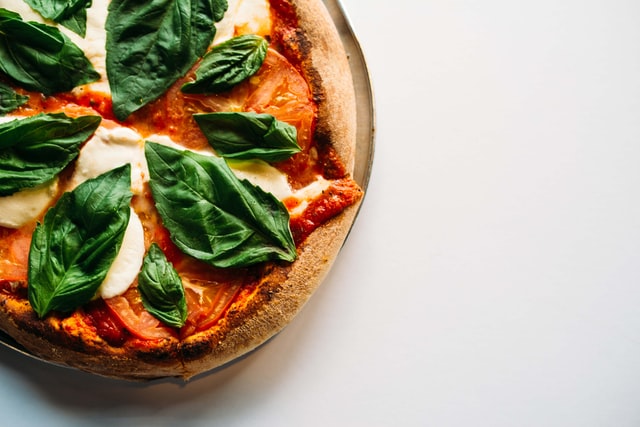
It’s important to remember that pizza doesn't have to be unhealthy. If you enjoy eating pizza, it can be included in your diet if you choose the right ingredients and portion size. The key is moderation.
When choosing toppings for a slice of pizza, you should opt for healthier options like mushrooms or bell peppers rather than greasy meats like sausage or hamburger meat. The whole-wheat crust is lower in calories compared to the regular crust. It contains more fibre which helps promote satiety so that you won't feel hungry quickly after eating the slice.
If those don’t sound like your cup of tea, try adding fresh veggies! This will help add more nutrients to your meal while allowing room for other foods later in your day (like dessert!).
Pizza recipes we think you will love
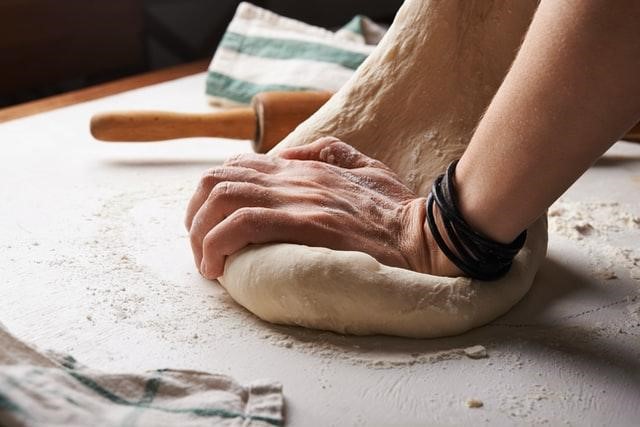
If you're not into cauliflower pizza crust, there are plenty of other options. Here are two of our favourite recipes that we think you should try and will love:
Zucchini Pizza
Zucchini pizza crust is a popular choice that's low in carbs but still gives you that satisfying crunch when you take a bite. If you're feeling adventurous and want to add extra nutrients to your diet, try an eggplant-based one instead.
Cauliflower Pizza Crust
One serving of this recipe has only 3 grams of total carbohydrates per serving (⅙th of a recipe) and no added sugar — making it an excellent choice for people with diabetes who are trying to lose weight or maintain weight loss.
The bottom line

Remember, the key to a healthy diet is to enjoy the foods you love while balancing those foods with healthier choices. Though pizza is unfortunately not safe to consume daily, you can still enjoy an occasional slice or two of your own pizza with hand-picked and healthy ingredients!
If you have diabetes, you don't necessarily have to cut off pizza from your life, so long as you choose the right ingredients and control your portions. On that note, we highly recommend you seek expert medical advice from your local healthcare provider to assess your health condition and if pizza suits you.


